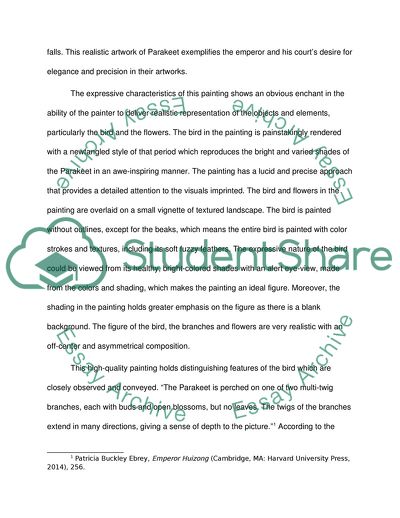Cite this document
(Expressive Characteristics of Five-Color Parakeet Essay, n.d.)
Expressive Characteristics of Five-Color Parakeet Essay. https://studentshare.org/visual-arts-film-studies/1815624-analysis-of-five-color-parakeet
Expressive Characteristics of Five-Color Parakeet Essay. https://studentshare.org/visual-arts-film-studies/1815624-analysis-of-five-color-parakeet
(Expressive Characteristics of Five-Color Parakeet Essay)
Expressive Characteristics of Five-Color Parakeet Essay. https://studentshare.org/visual-arts-film-studies/1815624-analysis-of-five-color-parakeet.
Expressive Characteristics of Five-Color Parakeet Essay. https://studentshare.org/visual-arts-film-studies/1815624-analysis-of-five-color-parakeet.
“Expressive Characteristics of Five-Color Parakeet Essay”. https://studentshare.org/visual-arts-film-studies/1815624-analysis-of-five-color-parakeet.


